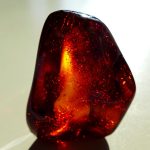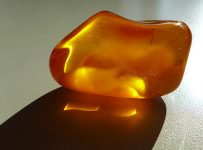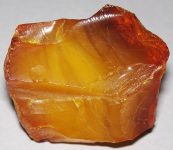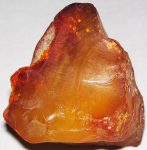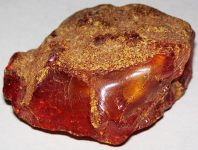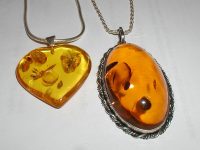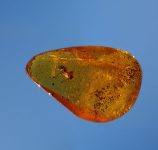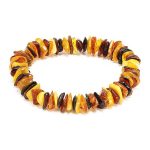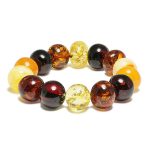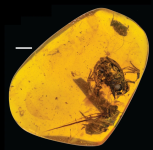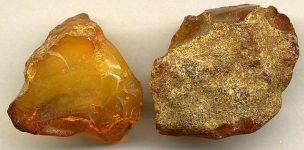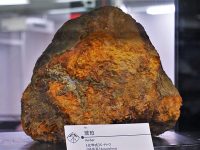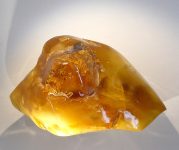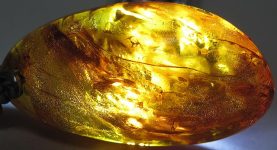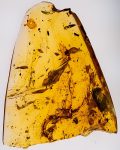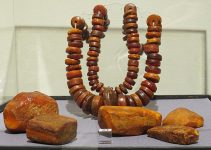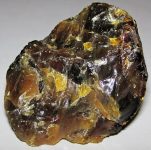Amber
ABOUT AMBER
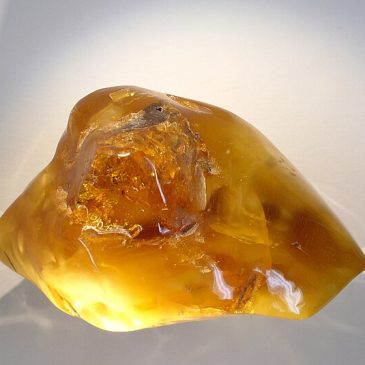
Amber is a captivating and ancient organic gemstone known for its warm hues and the intriguing inclusions it often contains. Formed from the fossilized resin of ancient trees, amber has been prized for its beauty and used in a variety of decorative, cultural, and even medicinal contexts throughout history.
Mining: Amber is typically collected from deposits where it has been naturally weathered out of sedimentary rock layers. This can occur in riverbeds, on beaches, or in open-pit mines.
Processing: Once collected, amber is cleaned, sorted, and often cut and polished to enhance its natural beauty. Inclusions are carefully preserved to maintain their scientific and aesthetic value.
CHARACTERISTICS
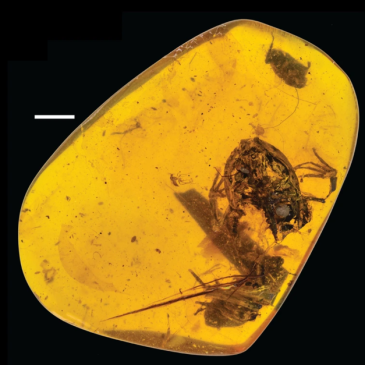
Color: Amber typically ranges from golden yellow to deep orange and brown. Some rare varieties can appear red, green, or even blue.
Chemical Composition: Amber is composed mainly of carbon (C), hydrogen (H), and oxygen (O), with a formula approximated as C₁₀H₁₆O.
Density: Amber has a low density, around 1.05-1.10 g/cm³, making it lightweight compared to most minerals.
Hardness: On the Mohs scale, amber has a hardness of 2-2.5, indicating it is relatively soft and can be easily scratched.
Luster: Amber exhibits a resinous to vitreous luster when polished.
Transparency: Amber ranges from transparent to opaque. Transparent amber is typically more valued, especially when it contains well-preserved inclusions.
Inclusions: One of amber’s most fascinating features is the inclusions it often contains, such as insects, plant material, and air bubbles, providing a snapshot of prehistoric life.
HISTORY AND LORE

Ancient Use: Amber has been valued since prehistoric times. It was used in jewelry and amulets by ancient civilizations like the Egyptians, Greeks, and Romans. It was often referred to as “the gold of the North.”
Middle Ages: In medieval Europe, amber was used in various religious and decorative items. It was also ground into powder and used for medicinal purposes.
Modern Era: Today, amber continues to be popular in jewelry and decorative arts. It is also significant in paleontology for studying ancient ecosystems.
SOURCES

Geographical Locations: Major sources of amber include the Baltic region (especially around the Baltic Sea), the Dominican Republic, Mexico, Myanmar (Burma), and Lebanon.
Formation: Amber forms from the fossilization of resin exuded by ancient trees, primarily conifers. Over millions of years, the resin undergoes polymerization and hardens into amber, often preserving organisms and materials trapped within it.
USES
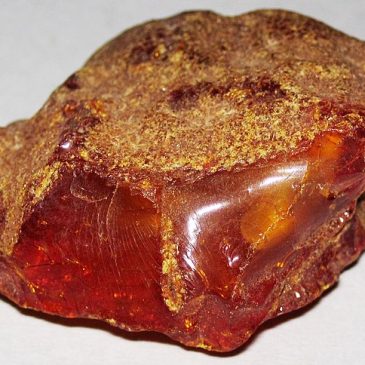
Jewelry: Amber is widely used in jewelry, such as necklaces, bracelets, rings, and earrings. Its warm colors and unique inclusions make each piece unique.
Decorative Objects: Amber is crafted into a variety of decorative items, including beads, figurines, and ornamental carvings. Its beauty and organic nature add a special charm to these objects.
Scientific Study: In paleontology, amber is invaluable for its ability to preserve prehistoric life forms. Inclusions in amber can provide detailed insights into ancient ecosystems and evolutionary processes.
Healing Properties: In alternative medicine, amber is believed to have various healing properties, including pain relief, calming effects, and detoxification.
CULTURAL AND SYMBOLISM
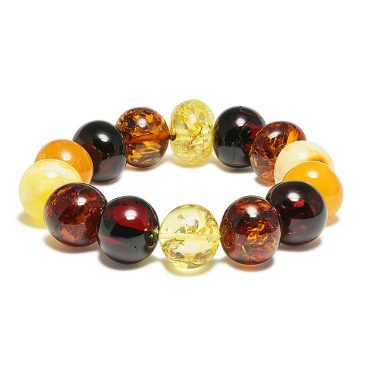
Symbol of Warmth and Vitality: Amber is often associated with warmth, sunlight, and life force. Its golden hues symbolize energy and vitality.
Historical Significance: The use of amber in ancient artifacts and jewelry highlights its cultural and historical importance across various civilizations.
